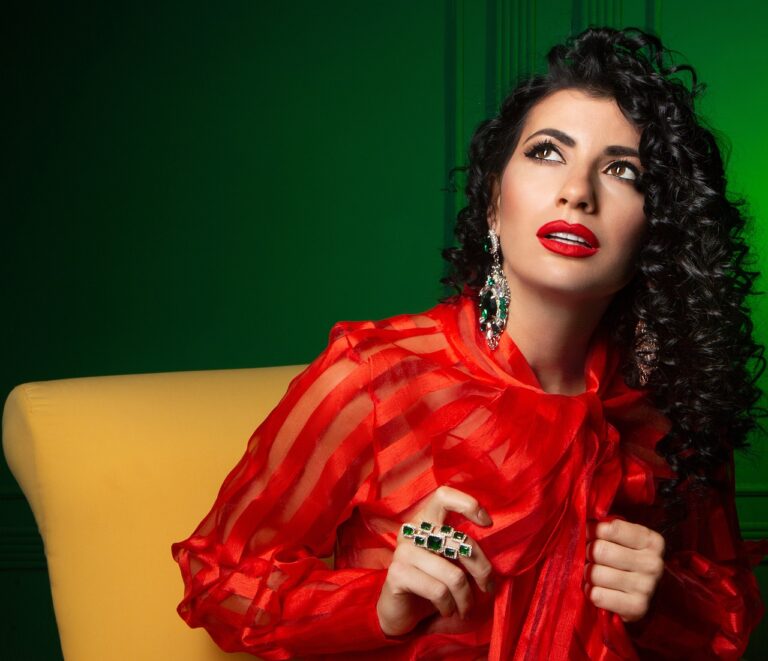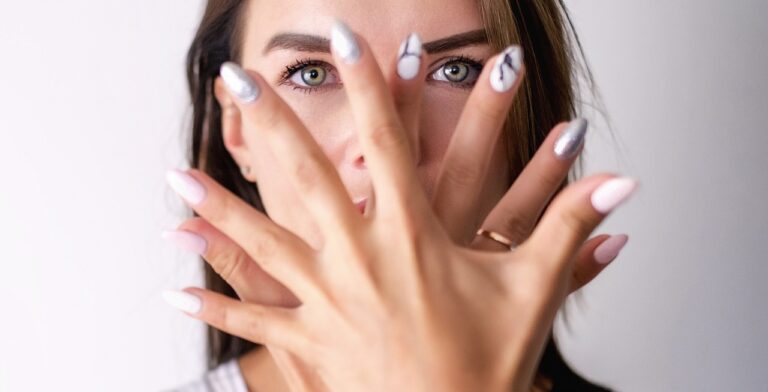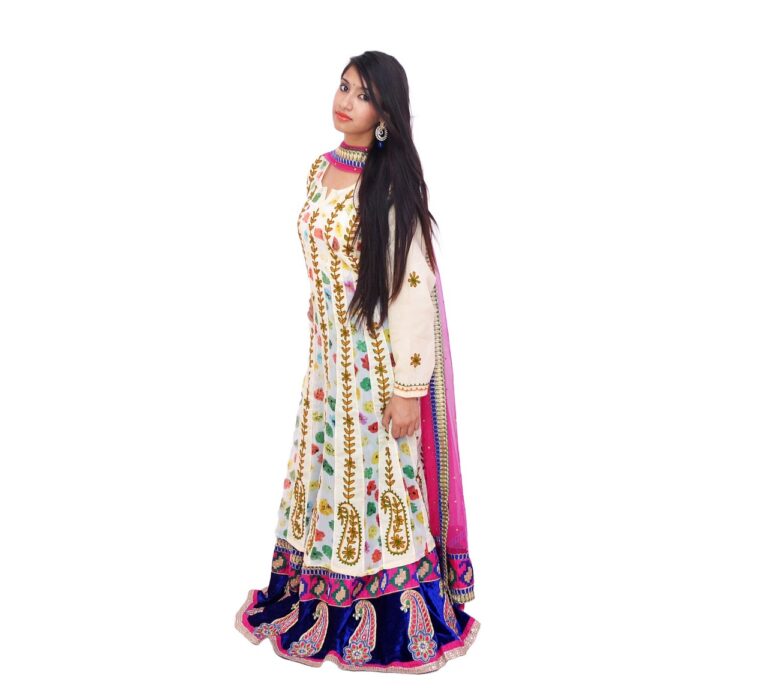The Role of Fashion in Redefining Beauty and Body Image
Fashion trends play a significant role in shaping society’s perceptions of beauty. The changing styles, silhouettes, and colors showcased by the fashion industry influence what is considered attractive and desirable. As certain body types and features become more prevalent on runways and in advertisements, they tend to be idealized by the public as the standard of beauty.
Moreover, the portrayal of beauty in fashion media can have a powerful impact on individuals’ self-esteem and body image. When only a narrow range of body types and physical attributes are consistently celebrated in fashion campaigns and editorials, it can create unrealistic standards that may lead to feelings of inadequacy or dissatisfaction among those who do not conform to these ideals. This can contribute to a cycle of comparison and self-criticism, further perpetuating the influence of fashion trends on perceptions of beauty.
The Evolution of Body Standards in the Fashion Industry
The standards of body shapes and sizes in the fashion industry have significantly transformed over the years. In the past, thin and tall models were predominantly favored, leading to unrealistic and narrow ideals of beauty. However, as societal perceptions have shifted towards inclusivity and diversity, the fashion industry has started embracing a more varied range of body types.
This change is attributed to the growing demand for representation and authenticity from consumers. Brands are now under pressure to showcase a wider spectrum of bodies in their campaigns and runway shows. This shift has not only promoted body positivity but has also encouraged people to embrace their unique shapes and sizes, ultimately challenging the traditional norms set by the fashion industry.
The Impact of Fashion Advertising on Body Image
Fashion advertising plays a crucial role in shaping societal perceptions of beauty and body image. The proliferation of unrealistic body standards in advertisements has been linked to negative impacts on individuals’ self-esteem and body satisfaction. By constantly promoting thinness and unattainable beauty ideals, fashion advertising contributes to the perpetuation of harmful beauty norms that can lead to feelings of inadequacy and body dissatisfaction among consumers.
Moreover, the use of digitally manipulated images in fashion advertising further distorts perceptions of beauty and promotes unrealistic body expectations. These altered images create an unattainable standard of beauty that can have detrimental effects on individuals’ self-perception and mental health. As consumers are exposed to these highly edited and perfected representations of the human body, they may develop a distorted view of their own bodies, leading to issues such as body dysmorphia and disordered eating behaviors.
• The proliferation of unrealistic body standards in fashion advertising can negatively impact individuals’ self-esteem and body satisfaction.
• Constant promotion of thinness and unattainable beauty ideals contributes to harmful beauty norms.
• Digitally manipulated images in fashion advertising distort perceptions of beauty and promote unrealistic body expectations.
• Altered images create an unattainable standard of beauty that can lead to issues such as body dysmorphia and disordered eating behaviors.
How do fashion trends influence perceptions of beauty?
Fashion trends often dictate what is considered beautiful or desirable in terms of body shape, size, and appearance. This can impact individuals’ perceptions of beauty and influence how they view themselves.
How have body standards in the fashion industry evolved over time?
Body standards in the fashion industry have changed significantly over the years, with different trends favoring different body types. From ultra-thin models to more diverse representations of beauty, the industry has seen a shift in what is considered ideal.
What is the impact of fashion advertising on body image?
Fashion advertising can have a significant impact on body image, as it often promotes unattainable beauty standards that can lead to feelings of inadequacy and low self-esteem. This can contribute to issues such as body dysmorphia and disordered eating habits.







